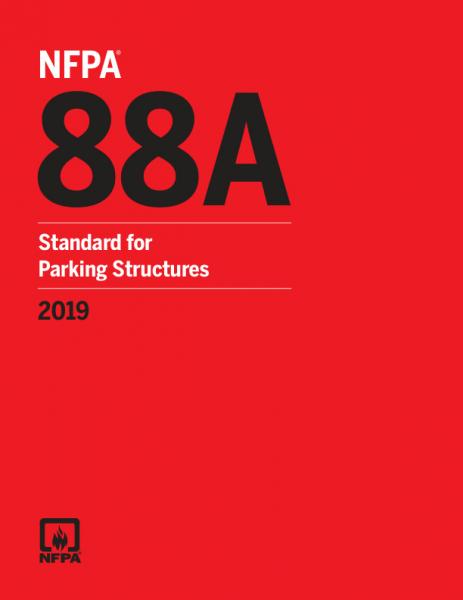INTERNATIONAL STANDARD
Part2:Impactsoundinsulation
Partie 2: Protection contre le bruit de choc
insulationinbuildings andofbuilding Acoustics-Ratingofsound elements-
Acoustique - Evaluation de l’isolement acoustique des immeubles etdes elements de construction -
COPYRIGHTPROTECTEDDOCUMENT
① ISO 2020
Allrights reserved. Unless otherwise specified or required in the context ofits imlementation o part of this publication maybe reproduced or utilized otherwise in any form or by any means electronic or mechanical including photocopying or posting on the internet or an intranet without prior written permission. Permission can be requested from either ISO at the addressbelow or ISO's member body in the country of the requester.
ISO copyright officeCH-1214 Vernier Geneva CP 401 • Ch. de Blandonnet 8Email copyright@ Phone: 41 22 749 01 11Website: in Switzerland
Contents
Page
4.1 General.4.2 Reference values. 44.3 Method of parison 4.3.1 Measurements in one-third-octave bands. 4 44.4 Statement of results. 4.3.2 Measurements in octave bands. 5 54.5 Impact sound insulation measured with heavy and softimpact sources. 6
5 floor coverings on bare heavy floors. Procedure for evaluating the weighted reduction in impact sound pressure level by 7
5.1 General. 75.2 5.3 Reference floor. Calculation. 8 75.4 Statement of results. 6
floorcoverings on lightweight flors. Procedure for evaluating the weighted reduction in impact sound pressure level by 9
6.1 Reference curves forthereference lightweightfloors used to calculateLt General.6.2 6.3 Calculation. 106.4 Statement of results. 10
Annex B (informative) Procedure for evaluating the equivalent weighted normalized impact sound pressure level of bare heavy floors.. 14
Annex C (informative) Examples of the evaluation of a single-number quantity 16
Annex D (normative) Rating method for impact sound insulation measured with a heavyand soft impact source.
Bibliography23
Foreword
bodies (ISO member bodies). The work of preparing International Standards is normally carried outthrough ISO technical mittees. Each member body interested in a subject for which a technical mittee has been established has the right to be represented on that mittee. InternationalISO collaborates closely with the International Electrotechnical Commission (IEC) on all matters of organizations governmental and non-governmental in liaison with ISo also take part in the work.electrotechnical standardization.
The procedures used to develop this document and those intended for its further maintenance aredifferent types of ISO documents should be noted. This document was drafted in accordance with theeditorial rules of the ISO/IEC Directives Part 2 (see
Attention is drawn to the possibility that some of the elements of this document may be the subject ofpatent rights.ISO shall not be held responsible for identifying any or all such patent rights.Details of any patent rights identified during the development of the document will be in the Introduction and/oron the ISo list of patent declarations received (see
Any trade name used in this document is information given for the convenience of users and does notconstitute an endorsement.
For an explanation of the voluntary nature of standards the meaning of ISO specific terms andexpressions related to conformity assessment as well as information about ISO's adherence to theWorld Trade Organization (WTO) principles in the Technical Barriers to Trade (TBT) see iso/foreword.html.
This document was prepared by Technical Committee ISO/TC 43 Acoustics Submittee SC 2 Agreement on technical cooperation between ISO and CEN (Vienna Agreement). Committee CEN/TC 126 Acoustic properties of building elements and of buildings in accordance with the
a aaq s o uoa sa pe sa ua srevised.
The main changes pared to the previous edition are as follows:
-A new Annex D with a method for rating heavy/soft impact sound insulation using an A-weightedmaximum impact sound pressure level.
A list of all parts in the ISO 717 series can be found on the ISO website.
poq sprepues peuoeu s asn au o paoap aq pinous quanop su uo suosanb o yeqpaa u plete listing of these bodies can be found at
Introduction
Methods of measurement of impact sound insulation in buildings and of building elements haves e r s a s s o e oo o u as insulation which are frequency dependent. The purpose of this document is to standardize a method whereby the frequency-dependent values of impact sound insulation can be converted into a singlenumber characterizing the acoustical performance.









